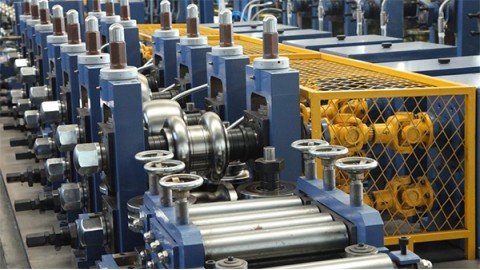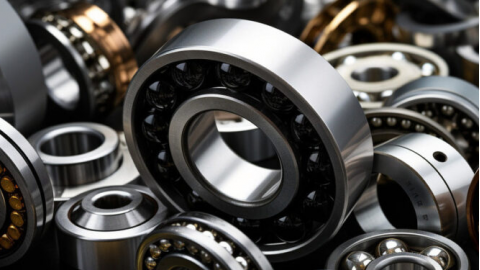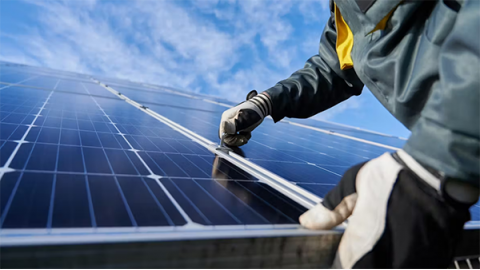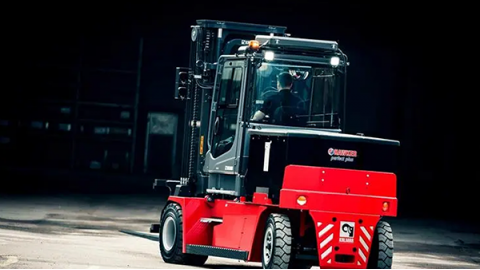Introduction
This article explains the uses, manufacturing processes, and varieties of aluminum channels.
You'll discover detailed information on topics including:
- What Aluminum Channels Are
- Aluminum Channel Manufacturing Methods
- Different Types of Aluminum Channels
- Finishing Options for Aluminum Channels
- And More...

Chapter One – What is an Aluminum Channel?
An aluminum channel is a durable metal component produced through extrusion, allowing for diverse shapes and designs suitable for various applications. A key advantage of aluminum channels is their lightweight nature - about one-third the weight of steel - while maintaining excellent strength and reliability. These channels are characterized by their distinctive internal corner radii.
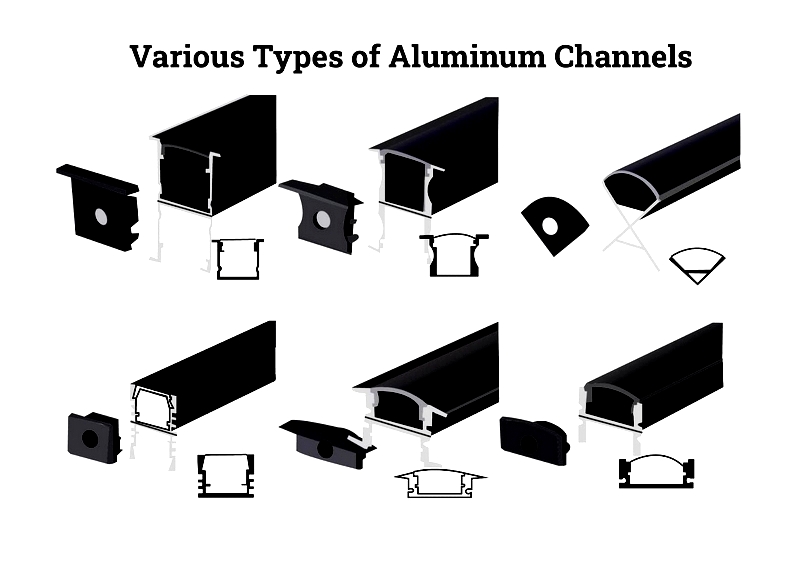
Aluminum channels find widespread use in applications requiring corrosion resistance and lightweight materials, including retail fixtures, protective framing, LED lighting systems, and truck bed construction. The primary alloy grades used are 6061 and 6063.
Chapter Two – Types of Aluminum Channels
Aluminum channels serve as fundamental elements in structural engineering, fabrication, and construction due to their versatility, light weight, and exceptional durability. Available in multiple profiles, they can be customized to various lengths and thicknesses (typically 0.01 inch to 5 inches) for both residential and industrial applications where strength-to-weight ratio, corrosion resistance, and easy installation are priorities. Their adaptability and low maintenance make them popular among builders, architects, and DIY enthusiasts for framing, reinforcement, and specialty projects.
Whether for structural support, weather resistance, or aesthetic purposes, aluminum channels offer an ideal combination of functionality, value, and customization. Their ability to be shaped, extruded, and finished to precise specifications enhances installation efficiency while maintaining structural integrity, making them among the most widely used construction materials today.
Types of Aluminum Channels
Angle Aluminum Channel
Angle aluminum channels, or L-shaped extrusions, feature a precise 90-degree angle. As the simplest and most economical option, they're widely used in architectural trim and edge protection. Made from alloys like 6061 and 6063 for improved machinability, they're available in mill, anodized, or powder-coated finishes to meet various requirements.
Common applications include roof edges, window/door framing, cabinet reinforcement, and shelving supports. Their corrosion resistance makes them suitable for both indoor and outdoor use. Angle trim can have squared or rounded edges, with leg lengths ranging from 1/8 inch to 4 inches. These channels are popular in automotive, marine, and aerospace industries.
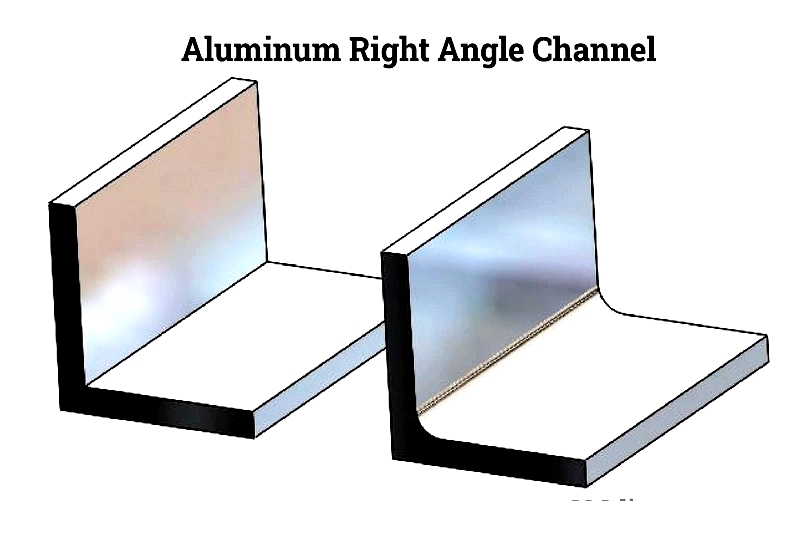
C Shape Channels
C-shape aluminum channels come in several variations: Aluminum Association (thick walls, rounded corners), American Standard (tapered flanges), and Canadian Standard. These channels are extruded in alloys suitable for both light and heavy-duty applications. U-shaped variants with flanges are common in modular framing systems.
Customizable dimensions and finishes (anodized, brushed, powder-coated) enhance their utility in architectural metalwork, construction framing, and vehicle applications. Their lightweight strength and modern appearance add value to structural and design projects.

F Shape Aluminum Channel
F-shaped channels resemble U channels but feature an extended web design, offering flexibility for panel edge protection and framing. Customizable dimensions make them suitable for curtain walls, displays, and cabinetry.
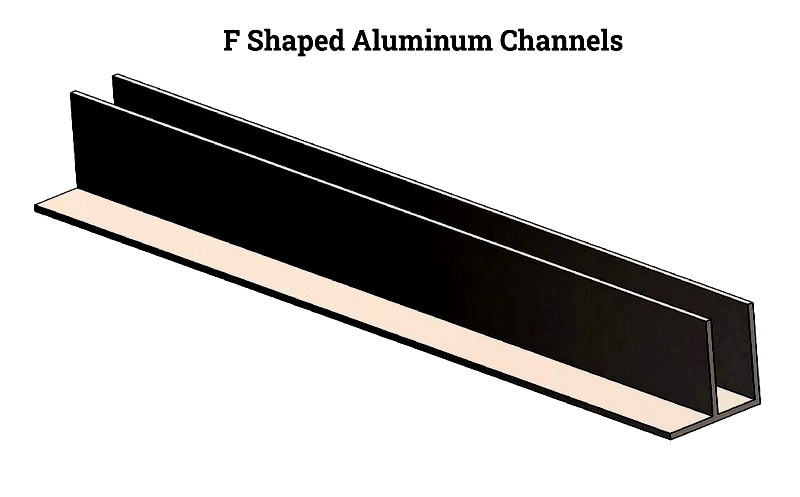
H Shape Aluminum Channels
H channels (both symmetrical and asymmetrical) provide robust stability for window systems, door frames, and curtain walls. Available in structural and decorative grades with various finishes, they ensure durability under heavy use and varying conditions.
Their structural integrity makes them ideal for commercial and residential projects. Adjustable features accommodate different architectural needs, while "h" channels are commonly used in acoustic paneling.
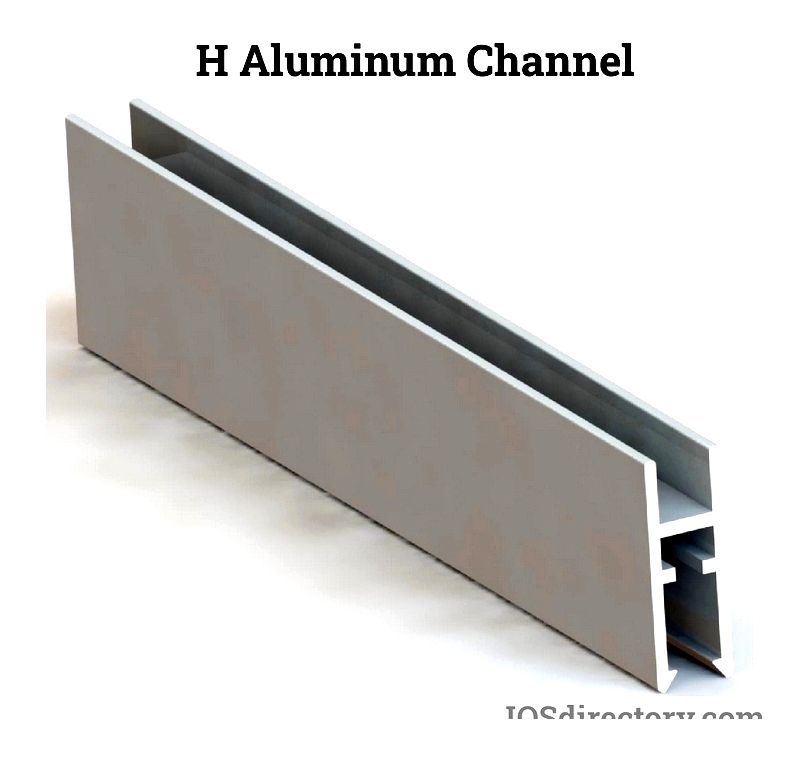
Hat Shape Channels
Hat-shaped channels are designed for furring walls and ceilings in construction projects. Their profile offers excellent strength-to-weight ratio for supporting drywall and panels. Moisture-resistant and fireproof, they're essential for remodeling and new construction.
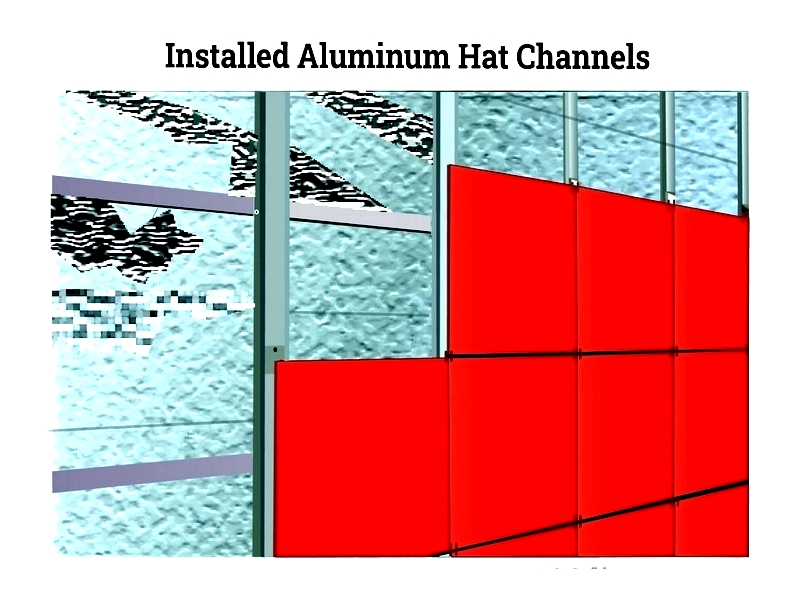
I Shape Aluminum
I-shaped aluminum beams feature wide webs with short flanges for heavy-duty applications. Used in bridges and platform framing, they provide exceptional strength with minimal weight, often outperforming steel in corrosive environments.

J Shape Channel
J channels are essential for vinyl siding installations and commercial storefronts. Their design creates weatherproof seals that improve energy efficiency. Easy to install, they reduce labor costs while ensuring precise finishing.
Developed in the 1950s, J channels effectively manage water runoff and material movement in construction projects.
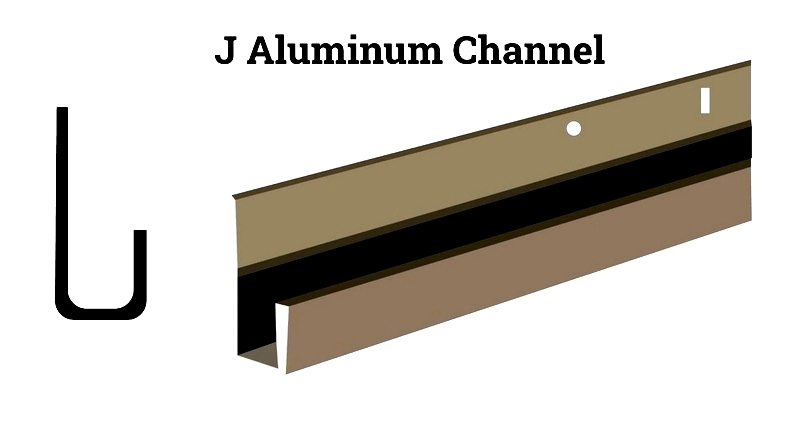
T Slot Aluminum Channels
T-slot channels feature precision T-shaped slots for modular framing systems. This design eliminates welding needs, increasing assembly flexibility. Ideal for machine frames and automation equipment, they support rapid prototyping.
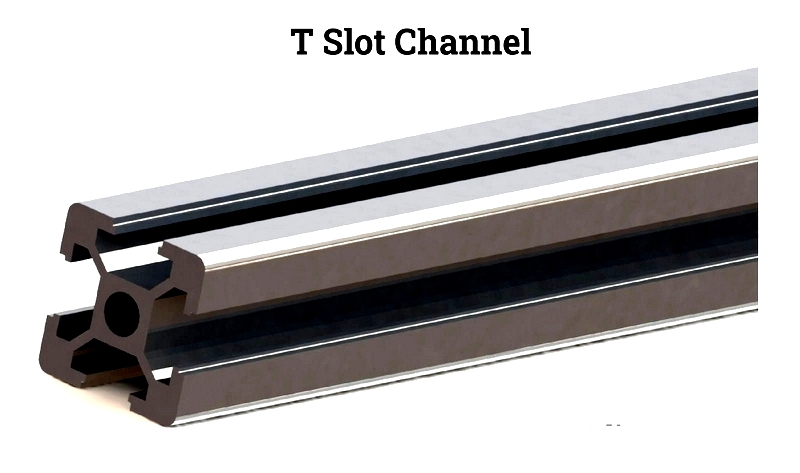
U Shaped Aluminum Channels
U-shaped channels are among the most versatile options, available in various thicknesses. Used for edge protection and structural support, they're popular in shelving and cabinetry. Customizable dimensions meet specific design requirements.
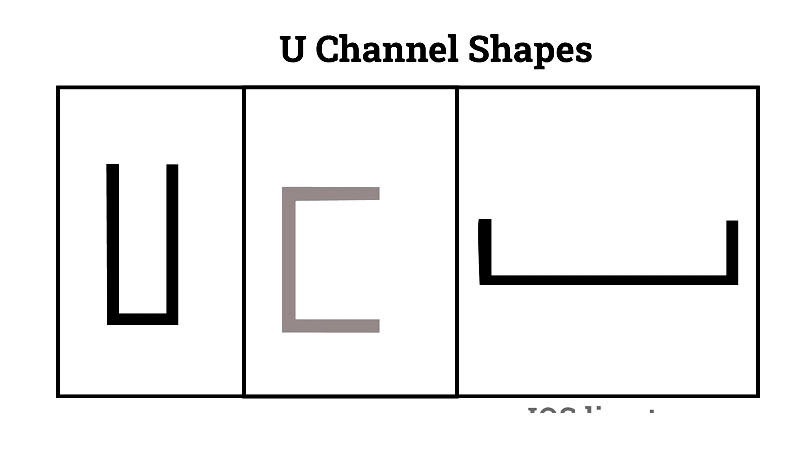
Z Shape Aluminum Channels
Z-shaped channels feature opposing flanges for roofing and siding applications. They effectively channel water and accommodate panel movement, serving as alternatives to J channels. Available in various sizes for different structural needs.
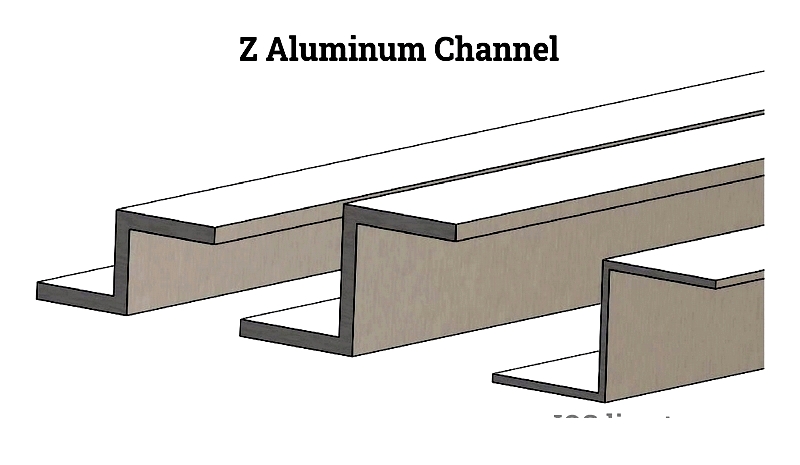
Summary of Aluminum Channel Types
The ten primary aluminum channel types represent just a portion of available options. Continuous advancements in extrusion technology produce new profiles for modern engineering needs. Whether for structural frameworks or design accents, aluminum channels remain preferred for their performance, durability, and adaptability.
When selecting channels, consider load rating, corrosion protection, finish type, and installation requirements. Consulting with extrusion specialists can help identify the optimal profile for specific projects.
Chapter Three – Top Equipment for Aluminum Channel Production
Aluminum channels are manufactured using specialized extrusion equipment. While few resources focus exclusively on channel production, the machinery used for aluminum extrusion plays a vital role in ensuring quality and dimensional accuracy. Below are leading brands and models used in North American extrusion

